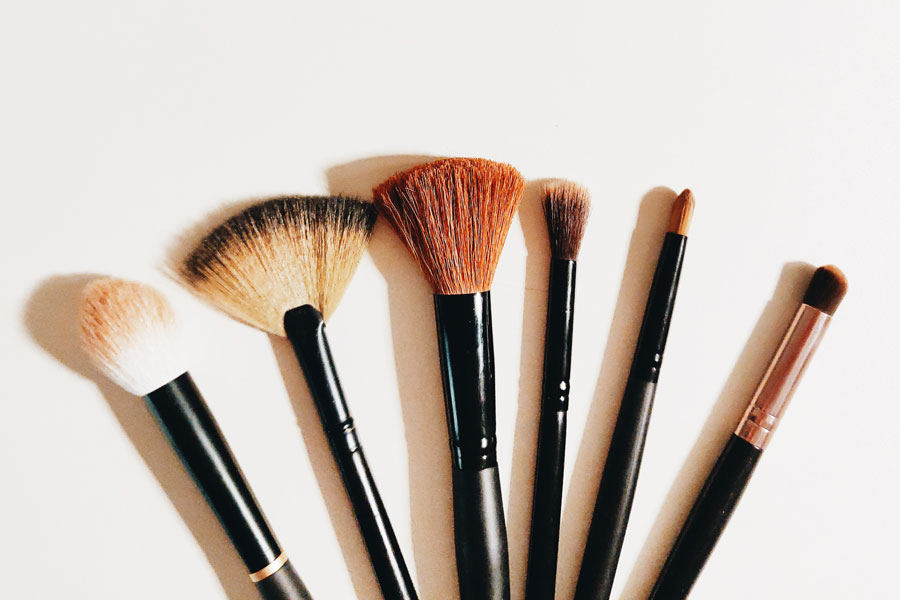In times of disruption, we reach for lipstick as a vessel of hope, normality and uncomplicated joy. At least, that’s what Leonard Lauder believed when he coined the term the “lipstick index” in the wake of the 2001 recession. Observing that lipstick sales had boomed despite the economic downfall, the former Estée Lauder CEO theorised that lipstick was seen as an affordable luxury in the face of uncertainty. He noted parallels with the Great Depression in the 1930s, when a fresh baguette was an unthinkable extravagance, but lipstick was seen as a “necessity” for women to attract a financially stable partner.
The idea of the lipstick index has since been used widely as economic shorthand to analyse trends in consumer spending. But what the lipstick index didn’t account for is face masks becoming a part of our daily regalia and months on end spent indoors. This current COVID-19 pandemic seems to have rendered Lauder’s lipstick theory obsolete. Recent research shows that makeup sales have in fact decreased by 30 per cent globally, with lipstick seeing the biggest drop of any category. In Australia, online retailer Adore Beauty has seen a 24 per cent drop in lipstick sales last year alone.
While a slick of red lipstick may no longer be the beauty non-negotiable it once was, the lips haven’t been neglected altogether. Beauty retailers have seen an uptick in lip care products. “With mask-wearing and long stretches of lockdown around the world, it is expected the demand for lipsticks would be impacted,” says Newby Hands, NET-A-PORTER Global Beauty Director. “However, it is interesting to see that lip balm sales have been performing well in Australia [as well], with an increase of 15% compared to last year.”
This boost in lip care products may point to a shift in what is perceived as a necessary luxury now. A slick of lip balm is, perhaps, a soothing emollient for the harsh realities of the pandemic.

While requirements to wear masks have been sporadic in Australia, consumers have turned to eye makeup as the key to their beauty look. “Due to face coverings, our customers are looking for ways to accentuate their eyes, creating the perfect base with eye serums and creams, followed by mascaras, eyeshadows and eyeliners,” says Hands.
Beauty shoppers have also gravitated towards glow-inducing face products to achieve the “no-makeup makeup” look while working from home. Hands confirms that bronzers sales have increased by “triple digits” in the last year, while primer is also performing well. From masks to face mists, skincare for the sake of self-care has also exploded in Australia. Myer has seen a 600 per cent year-on-year increase in sales of skincare products, while Adore Beauty’s face masks sales rose by 61.2%. This echoes NET-A-PORTER’s sales data, which reveals a growing focus on high-tech skincare devices and self-care accoutrements.
This growth, it seems, has been galvanised by increased education around skincare and wellness (and, presumedly, more time aimlessly browsing the internet at home). “Our traffic on skincare increased by nearly 100 per cent and wellness, mind and body content grew [substantially] compared to last year,” says Hands.
Against the culturally progressive backdrop of 2021, Lauder’s lipstick index feels outdated and somewhat reductive. But, one thing remains true — even in the most challenging times, the beauty industry is still big business. So long as society seeks comfort, routine and novelty, beauty will be seen as a necessary luxury. However, this seems to now look less like a shiny slick of lipstick for the male gaze, and more like a self-soothing investment to protect against the uncertainty of current events.
